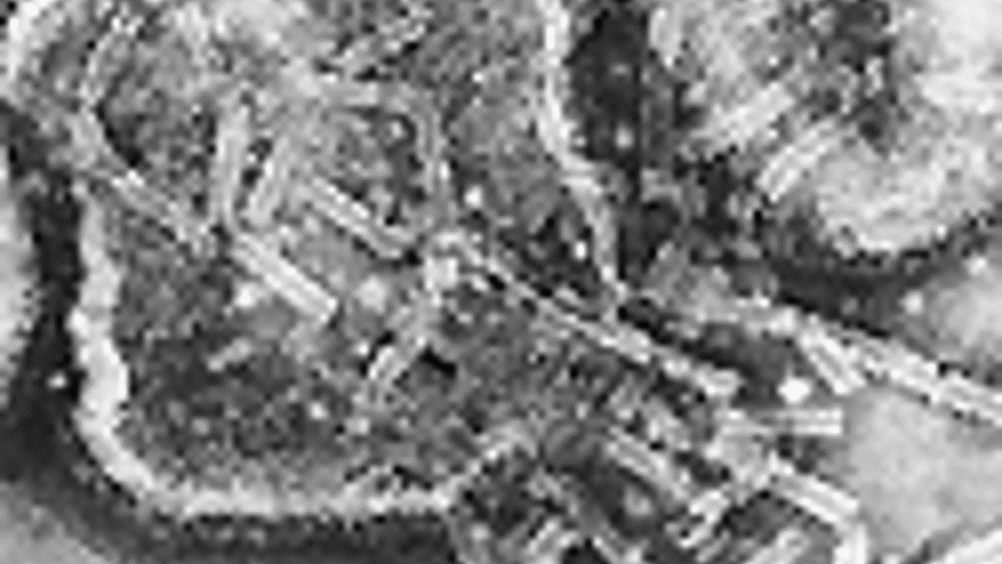PET tracks cancer treatment
Researchers are using positron emission tomography scanning to track the progress of virus therapies as they attack cancer cells inside a living body, without using invasive techniques.

Researchers are using positron emission tomography (PET) scanning to track the progress of virus therapies as they attack cancer cells inside a living body, without using invasive techniques.
Scientists from Imperial College London and Queen Mary’s
Register now to continue reading
Thanks for visiting The Engineer. You’ve now reached your monthly limit of news stories. Register for free to unlock unlimited access to all of our news coverage, as well as premium content including opinion, in-depth features and special reports.
Benefits of registering
-
In-depth insights and coverage of key emerging trends
-
Unrestricted access to special reports throughout the year
-
Daily technology news delivered straight to your inbox










Water Sector Talent Exodus Could Cripple The Sector
Well let´s do a little experiment. My last (10.4.25) half-yearly water/waste water bill from Severn Trent was £98.29. How much does not-for-profit Dŵr...